10 Really Popular Gaming Accessories, Ranked By Greatness

Buying a brand new console or upgrading your gaming PC is only the beginning. You'll need to crack open your bank account and pick up a few games. But even after that, you'll need accessories.
Hardware developers are famous for churning out useless accessories. But every so often, a clever company stumbles into something truly brilliant. Most of the time, the peripheral didn't seem important right away but in time it manages to change the direction of the industry.
Here are ten of those industry-changing accessories.

10. NES Zapper
Why it was important: The NES Zapper might be the most iconic accessory in video game history, and only six titles in Nintendo's library were Zapper exclusives. But five of those games didn't matter, because Duck Hunt was more than enough to justify the Zapper's existence.
How Well Did It Work: The Zapper was surprisingly precise, from what I remember. Though, whenever I'd miss, I would just move closer until the barrel of my gun was an inch from the screen. You did it too. Admit it.
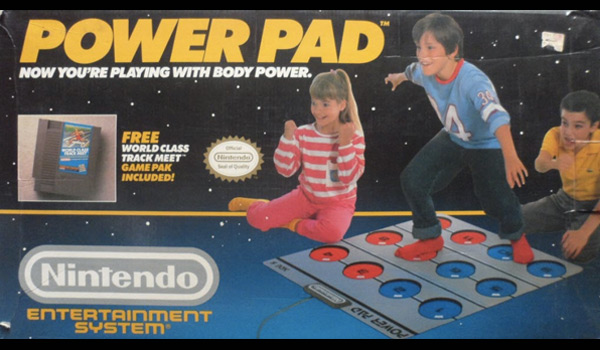
9. Power Pad
Your Daily Blend of Entertainment News
Why it was important: Games like Dance Dance Revolution and In the Groove owe their existence to the Power Pad. It's an early example of Nintendo's quest to combine fitness and video games, which eventually led to the Wii's Balance Board and the Vitality Sensor.
How Well Did It Work: Unlike R.O.B. and the PowerGlove, the Power Pad worked. It wasn't always accurate but the peripheral was good enough at sensing players' movement that it became a fundamental part of late 1980s gaming along with tie-in game World Class Track Meet.
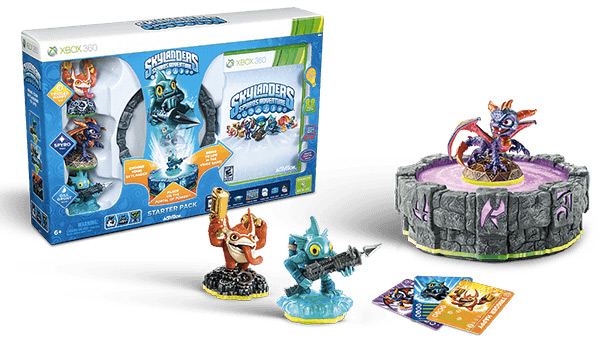
8. Skylanders
Why They're important: It actually feels strange to put Skylanders on this list. But they're definitely more of a video game accessory than an action figure, and their influence on the industry is undeniable. Skylanders was the most profitable game of the year in 2012, and copycats like Disney Infinity and Nintendo's Amiibos probably wouldn't exist if Activision hadn't paved the way.
How Well Do They Work: Skylanders are extremely simple, which makes them perfect for kids. For the most part, you just set your favorite Skylander on the portal, and it's magically transported into the game. Even Swap Force and Trap Team, which have a few interchangeable parts, are uncomplicated.
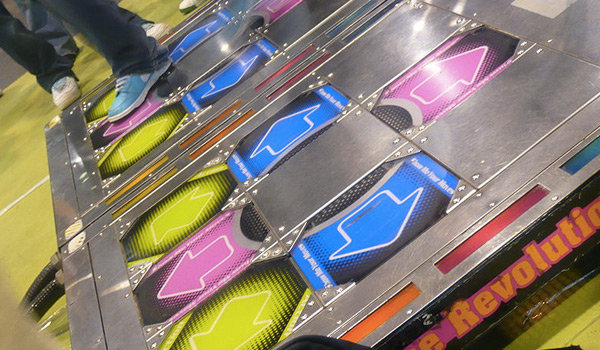
7. Dance Dance Revolution
Why it was important: Dance Dance Revolution is still a mainstay in every arcade on earth, but it's evolved into something more than a niche diversion. Norway turned DDR into a competitive sporting event, and it's been used to fulfill the physical education requirement in West Virginia, California, and Kansas. DDR even won a Guinness World Record for "Most Widely Used Video Game in Schools," and it spawned rhythm games like Guitar Hero and Just Dance.
How Well Did It Work: There's a huge difference between the heavy-duty arcade pads and their consumer counterparts. Plastic pads were usually broken within a few minutes of unboxing, and even the expensive "arcade-level," pads were plagued with constant breakdowns.
Photo Credit: Stéfan

6. Rumble Pack
Why it was important: Nintendo's Rumble Pack was one of the first hardware devices to provide haptic feedback, and gamers weren't very impressed when it hit the market. But within a single console generation, every major system employed a similar mechanic. In fact, in the rush to develop vibration feedback for the DualShock 2, Sony found itself in a $90.7 million infringement suit.
How Well Did It Work: By modern standards, the technology isn't even remotely impressive. But in 1997, the buzziness in your fingers was unfamiliar… and a little bizarre. Plus, those Rumble Packs murdered AA batteries.
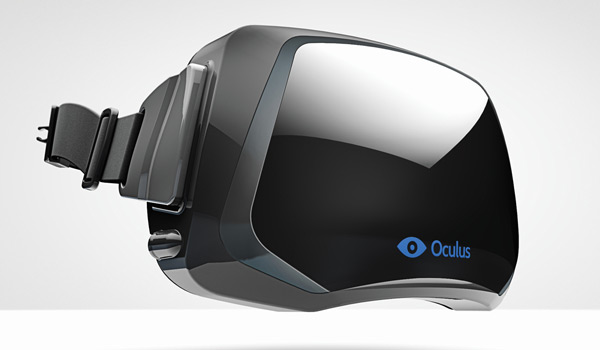
5. Oculus Rift
Why it was important: No one was talking about virtual reality before the Oculus Rift came along, but now it’s everyone's favorite subject. Sony and Valve/HTC have announced their own Rift competitors, and a slew of third-party developers are already working on hardware and software.
How Well Does It Work: Considering this is the first piece of consumer-level VR tech since the Virtual Boy, Oculus Rift is incredible. At this point, it's hard to tell if virtual reality is anything more than a developer's pipe dream, but OculusVR has proven the technology is viable.

4. Guitar Hero
Why it was important: Guitar Hero kicked off a massive fad in the video game industry. It spawned more than a dozen sequels, and the copycats are too numerous to count. Though, one of those copycats, Rocksmith, actually teaches gamers how to play guitar, which gives Guitar Hero a strange kind of legitimacy.
How Well Does It Work: The game itself worked well, but those plastic instruments didn’t last long. Half-broken guitars will probably provide garage-sale fuel for generations to come.
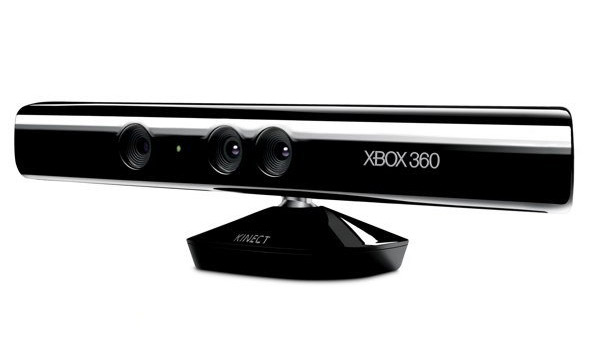
3. Kinect
Why it was important: When the Kinect was released in 2011, it set a Guinness World Record for "fastest selling consumer electronics device." And even if you hate it for gaming, you have to admit the Kinect was an impressive little device. Before its release, robotics researchers were spending thousands of dollars for similar pieces of stereoscopic technology.
How Well Did It Work: Well, that depends on who you ask. It's a niche product for a niche market, so it doesn't attract traditional gamers. But for fitness titles and unusual games like Minute to Win It and Just Dance 3, the Kinect is fantastic.
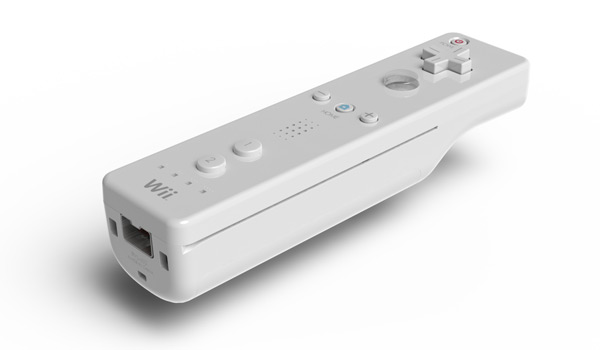
2. Wiimote
Why it was important: Nintendo's Wiimote launched one of the biggest revolutions in video game history: motion control. For more than a year after its release, retailers couldn't keep Wiis in stock. The consoles would sell out within hours of being delivered, and new customers would add their names to the never-ending waiting list. Part of this was strategic on Nintendo's part, but the console's popularity was huge.
Sony and Microsoft scrambled to develop their own motion control systems, but the Kinect and Move wouldn't hit the market until several years later. And even though the Wii's popularity would wane toward the end of its lifecycle, Nintendo sold more seventh-generation consoles than Microsoft and Sony. How Well Did It Work: The Wii's motion control system was impressive, especially considering it hadn't been done before. The controls were so simple and intuitive that Wiis became common in retirement communities.
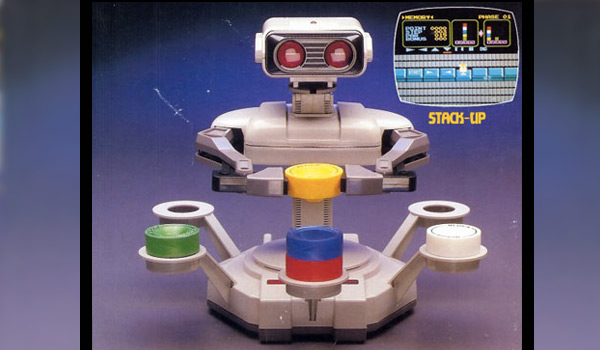
1. R.O.B. The Robot
Why it was important: R.O.B. may have saved console gaming.
After the gaming market famously crashed in 1983, American businesses didn't want anything to do with video game consoles. So, when Nintendo started looking for retailers to stock its Nintendo Entertainment System, no one was interested. The toy market, on the other hand was booming, so Nintendo used America's love of toys to circumvent the anti-video-game mentality.
By packaging R.O.B. with the console, Nintendo was able to trick retailers into thinking the NES was a newfangled children's toy. American stores gobbled it up, and Nintendo saved the video game industry.
How Well Did It Work: R.O.B. didn't work very well. He was impossible to use and wasn't particularly fun. But Nintendo didn't care about R.O.B.'s fun factor. Once the NES's popularity was solidified, R.O.B was removed from the package.
